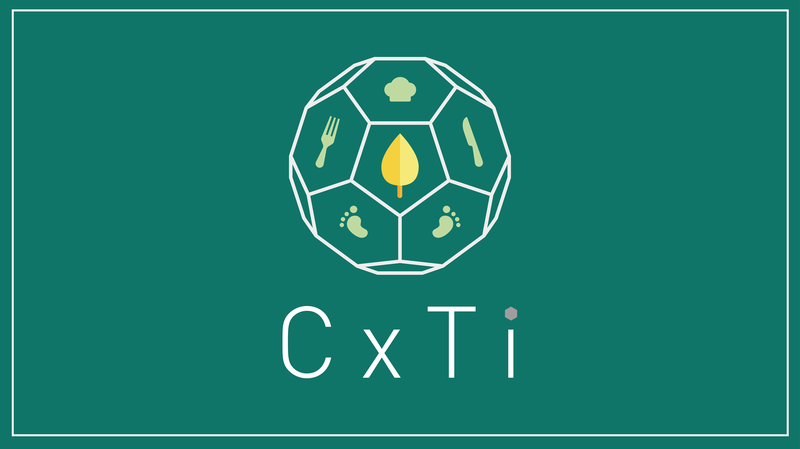NASASON | What’s for Dinner?
The Challenge | What’s for Dinner?
CxTi
CxTi is a multi-media board game aiming to spread the educational concept of food production cycle and find the best way to enjoy delicacies.

CxTi_NASASON PDF LINK
CxTi
- a board game to learn about life cycle of eco-friendly food
About
CxTi is an educational board game which integrate software and hardware, in order to spread the concept of carbon footprints and food production chains. With the simulation among food importation/exportation, transportation and food processing, players can indulge themselves in the vivid roles as restaurant owners and simultaneously gradually learn about the knowledge of reducing carbon emission. Players can view the recipes of the dishes in the game on our website, and obtain the right idea of when and how to have their beloved delicacies.
Concept
- Carbon Footprints
Judged from seasons and transportation distance, we organized the materials' data and calculated their carbon footprints as the standard to compare which way is the best possible way to enjoy the chosen dishes, which is also the most popular and easiest way adopted by scientific organizations today.
- Buckyball
Since we targeted on the ecology issue and carbon emission, we built a globe with the shape of Buckyball, one of carbon's many forms, to deepen the messages we wanted to convey. Also, it is the inspiration of our project name - CxTi.
Technique
- Data Usage
By the data set provided by NASA and UN, we were able to view the production and the importation/exportation information of live stocks and crops; furthermore, machine learning was implemented to simulate the possible growing condition of each material and make the game more realistic. Besides, we imported the data of the carbon dioxide emission of each food transporting way (kilograms per tonne kilogram) to assist the calculation.
- Software
The game was built on IOS platform, and a server was built to gather players' information as well as make the connection with Intel Edison board. The board is connected to the Buckyball globe, playing the role of controlling LEDs and parameters calculating.
- Hardware
The lightbulbs on the Buckyball globe represented the food production areas controlled by each player, and the types of materials were labeled on the globe too. The globe was cut by laser cutting machine, and the materials labels were drawn by laser engraving machine.
- Analysis
With Cxti, we can obtain the diet preferences from players. This data can possibly used for designing public food policies, or mapping such features with different locations.
- Source Code
SpaceApps is a NASA incubator innovation program.